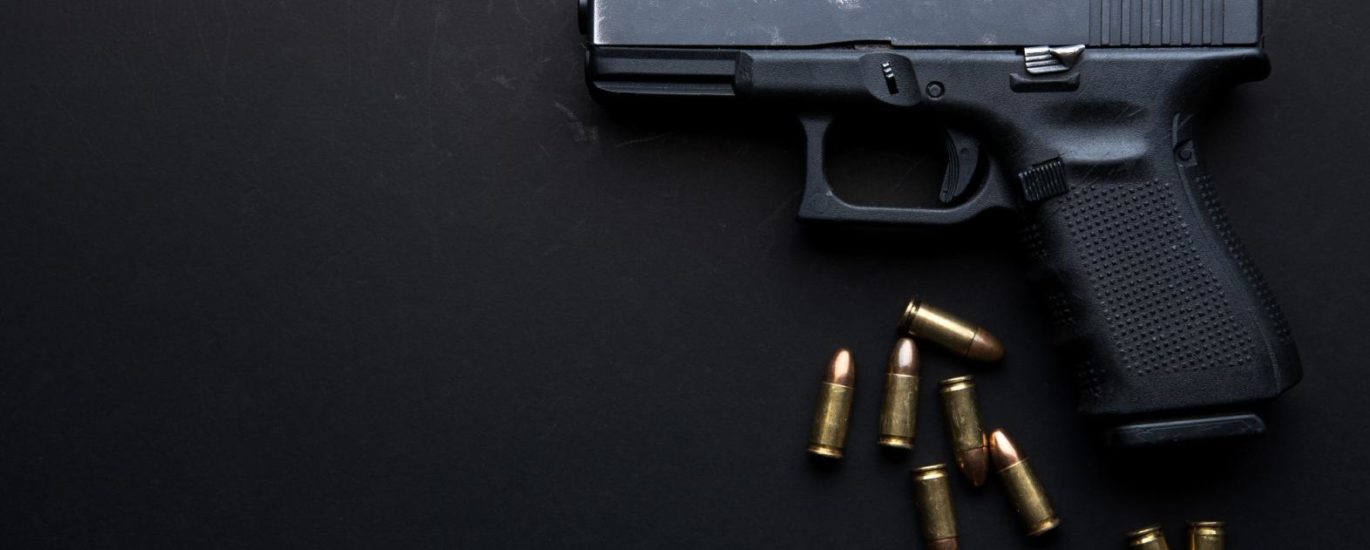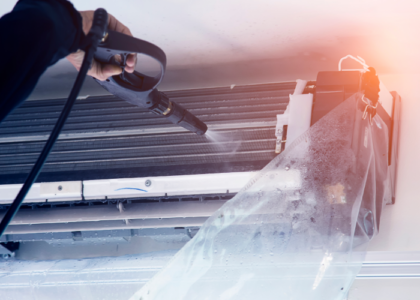The Second Amendment might as well be first! 30% of Americans own at least one firearm, with an additional 11% living in a home with a gun.
These statistics may make firearm safety seem simple. In reality, thousands of Americans get injured due to accidents and thefts every year. Before you head out to the gun range, you need to know some gun safety tips.
How should you hold and fire a gun? How can you keep your gun from getting stolen or misfired? What should you tell your children about the gun you own?
Answer these questions and you can remain a responsible and safe gun owner for years to come. Here are seven tips you should follow.
1. Treat a Gun as if It Is Loaded
A good rule of thumb to adopt when you are around a gun is to act as though it has ammunition inside. You should never point a gun at someone else unless you are in a self-defense situation. Even if it is not loaded, you can scare someone and receive an assault charge.
You should never carry a gun in a dangerous fashion. Your finger should stay off the trigger, and the safety should be on. You can carry your weapon in a holster that points your gun toward the ground and away from your body.
2. Practice Good Trigger Discipline
Keeping your finger off the trigger is one part of good trigger discipline. Before you purchase a gun, you should understand how to hold and carry it.
You should always grab a gun with both hands, as you risk dropping the gun if you fire it with just one hand. Your non-dominant hand should go over your dominant hand, with your fingers touching the frame of the gun.
Your finger should stay outside of the trigger guard area. Before you move your finger, you should assess the situation to see if firing your gun is necessary. Many criminals will walk away when a gun is pointed at them.
Once you think firing is essential, you can move your finger to the trigger. After you fire once, you should pull your finger off and assess the scene again. Keeping your finger on means you may fire a second shot by accident and hurt someone.
3. Know What’s Behind Your Target
Even low-caliber ammunition can pass through a target and hit someone. Before you pull the trigger, you should always assess what is behind your target.
If you’re afraid you may hit someone, you should hold off on pulling the trigger. If you must shoot, you should aim low so the bullet will hit the ground after passing through the person.
4. Secure Your Gun in a Safe
When you are not carrying your gun, it should go inside a gun safe. You should find a safe that is big enough to store your firearm. If you own multiple guns, they should go in separate safes so you don’t mix them up or load them with the wrong ammunition.
Your safe should have a combination that only you know about. Do not pick a birthday or a combination like 1-2-3 that is easy to guess.
You should put your safe away from windows so thieves are not tempted to break in and steal it. You can put it in a closet or underneath a piece of furniture like a bed.
5. Maintain Your Gun
Do not put your gun in a safe and forget about it. Though it is made of metal, the gun can rust and stop functioning if you don’t clean it regularly.
Check your safe to make sure it does not trap moisture or excessive heat. You should open it every month and air it out. You should also disassemble the gun and clean its individual components, including the trigger assembly.
If your gun is damaged, you should go to a gunsmith or repair shop for help. Do not try to fix a firearm on your own, even if you have experience.
6. Be Careful Around Children
Many children are tempted to play with guns if they see them lying on the ground or see their parents with them. You should talk to your child about guns before you buy a gun. You should explain to them the dangers of firing guns, even if they are not aiming one at people.
It is okay to teach your child about firing guns, but you may want to hold off on letting them shoot a rifle. You can give them a BB gun so they learn about hitting targets, including birds.
7. Follow the Laws
In order to be a lawful gun owner, you must abide by your city, state, and national gun laws. You should do your research and look at the laws you have to follow before you buy a firearm.
Never change your gun to add features like bump stocks. You risk breaking federal laws, and you may damage your gun with your modifications.
If your gun doesn’t have the features you want, you should purchase a gun that has those features. Click here to see some options available to you for stock rifles.
Stay Safe With Gun Safety Tips
Gun safety tips may make the difference between life and death. You should point guns away from yourself and others and keep your finger off the trigger. Before you open fire, you should figure out if the bullet will penetrate and hurt someone else.
Keep your gun out of sight in a safe. Maintain your gun with regular cleanings and talk to your child about your gun. Follow all relevant laws and avoid modifying your firearm in any way.
Gun ownership has gotten more complicated over time. Read more guides to guns by following our coverage.






